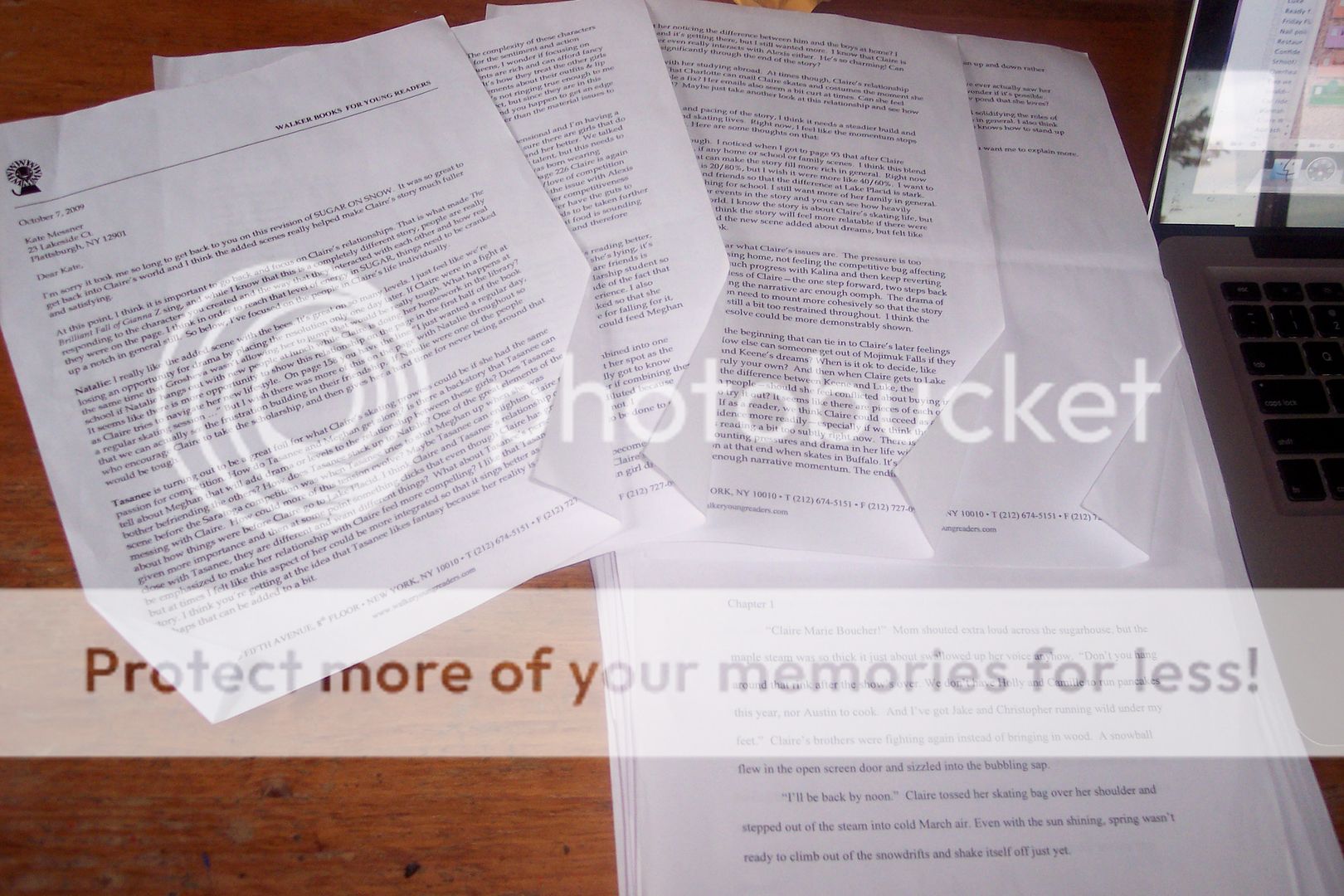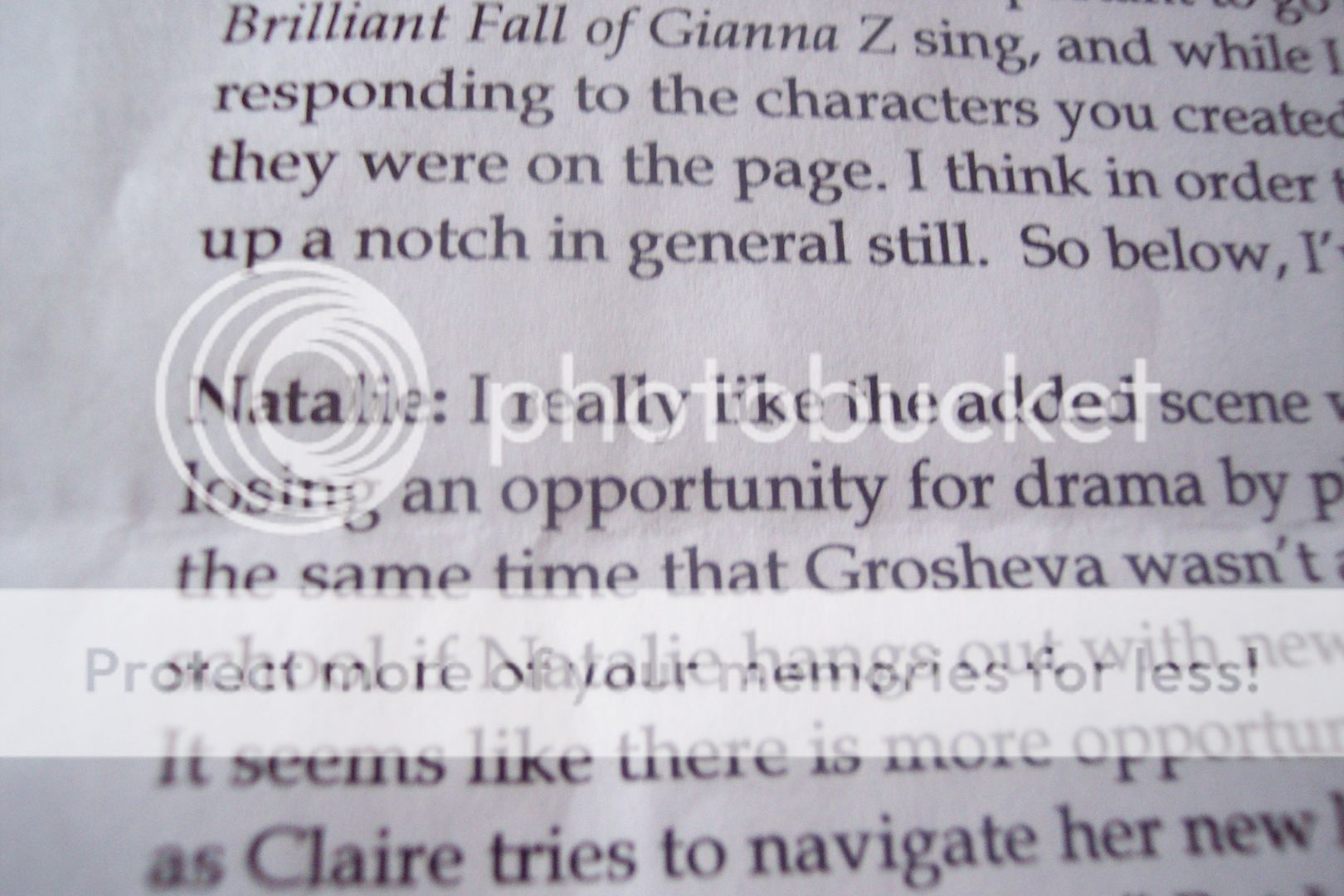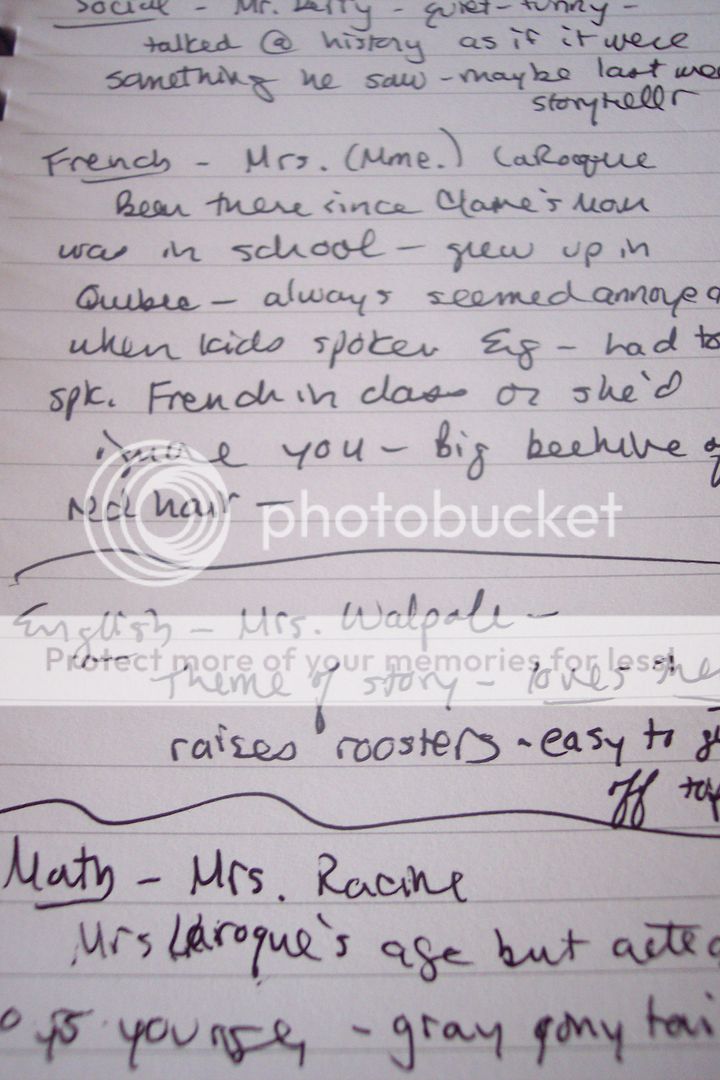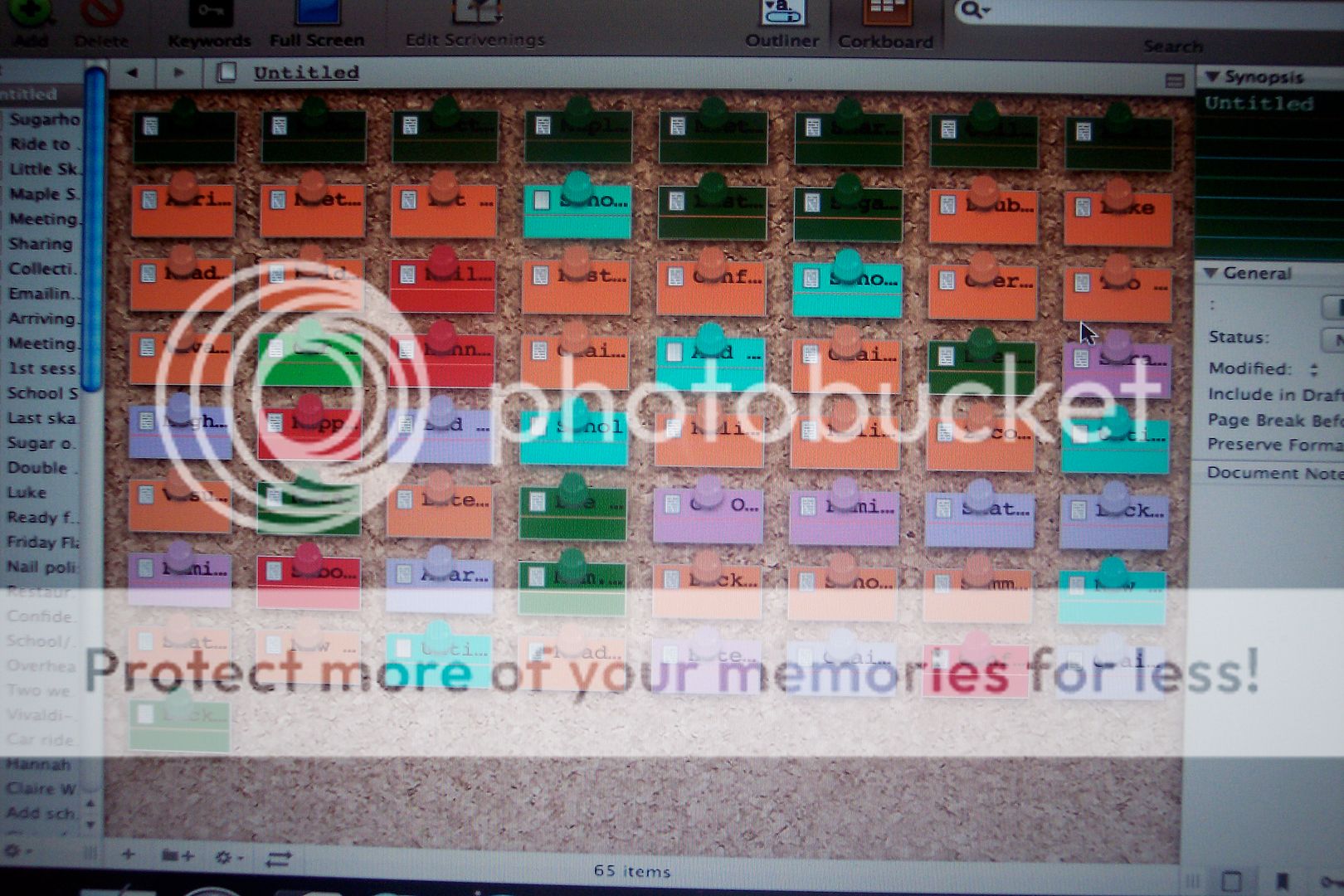This post is part of a year-long series of blog interviews I’ll be hosting with my fellow 2009 Debut Authors, called "How They Got Here."
It should be an especially helpful series for teens who write, teachers, and anyone who wants to write for kids. 2009 debut authors will be dropping by to talk about how their writing in school shaped the authors they are today, what teachers can do to make a difference, how they revise, and how they found their agents and editors. (You’ll even be able to read some successful query letters!) If you know a teacher or two who might be interested, please share the link!
 Today…L.K. Madigan, author of FLASH BURNOUT!
Today…L.K. Madigan, author of FLASH BURNOUT!
When I attended ALA this summer, there were a few advance reader copies I was so, so hoping to find, and FLASH BURNOUT was at the top of that list. L.K. Madigan and I share an agent, and I’d already heard great things about her book. It lived up to all the talk and more.
I was smitten with the main character’s voice just a few pages into this debut YA novel. It’s really, really funny at the same time it tackles some tough issues about family, teen romance, drug addiction, and friendship.
The book begins with a photography assignment for fifteen-year-old Blake, just experiencing his first real romance. When Blake inadvertently snaps a picture of his friend Marissa’s mother, he launches her into a journey for which she desperately needs some support. That journey causes Blake to question what he thought he knew about love and friendship and takes readers on a wild ride of their own.
The voice in this book is really remarkable, and Madigan’s rich characters with their hysterical dialogue reminded me of John Green at times. FLASH BURNOUT is a fantastic, fantastic debut – one that I highly recommend for high school and maybe some older middle school kids, too.
Congratulations, Lisa – and welcome! Tell us about the first thing you ever wrote that made you think maybe you were a writer.
I’ve been writing since I was a child, so in some ways, I never really questioned my fate. The first “novel” I ever wrote was an 80-page book about mermaids, complete with crayoned illustrations.
What books did you love when you were a kid?
The first book I can remember adoring as an independent reader was NO FLYING IN THE HOUSE, by Betty Brock. Then of course I loved HARRIET THE SPY, and A WRINKLE IN TIME. As I got older, I devoured teen problem novels. Now that I think about it, today’s “edgy” YA novels are no more shocking than some of the books I read back then.
Is there a particular teacher or librarian who was a mentor for you in your reading and writing life?
Wow … all of them! Every teacher who wrote compliments on my papers, or read my work aloud in class, or handed me an award for a winning story … all of them encouraged me and built up my confidence.
I remember a particular summer program at the Montavilla Library in Portland, for kids interested in writing … at the end of the program, all of our stories were typed up (on a typewriter!) and bound with plastic binding and cardboard covers. That was very, very impressive to me. Who knows? The idea may have been planted right then that I could write REAL BOOKS.
Do you have a favorite strategy for revision?
I don’t, actually. It’s more a matter of eliminating distractions and inserting my head firmly into the story.
What’s your best advice for young writers?
It takes a long time to find your voice. When you first start writing, you may mimic the writing style of authors you admire … at some point, your own unique way of telling a story will emerge.
What’s special about your debut novel?
It’s a contemporary realistic novel with a teen boy narrator bobbing in a sea of paranormal romances about vampires/werewolves/faeries and the girls who love them.
And as soon as I can stop laughing, I’ll ask you about the process. What were the best and worst parts of writing FLASH BURNOUT?
The best part was how FUN it was to write.
The worst part was researching the effects of methamphetamine use … not just the physical damage to users, but devastation to the user’s families, especially children.
Any more books planned?
Remember that mermaid story I mentioned? My next book is a young adult novel about a surfer girl and a mermaid. It will be published in 2010.
Yay! Thanks for joining us, Lisa!
Read more about L.K. Madigan at her website. You can pick up your copy of FLASH BURNOUT at your local independent bookseller, order it through one of my favorite indies, Flying Pig Bookstore (they ship!), or find an indie near you by checking out IndieBound!






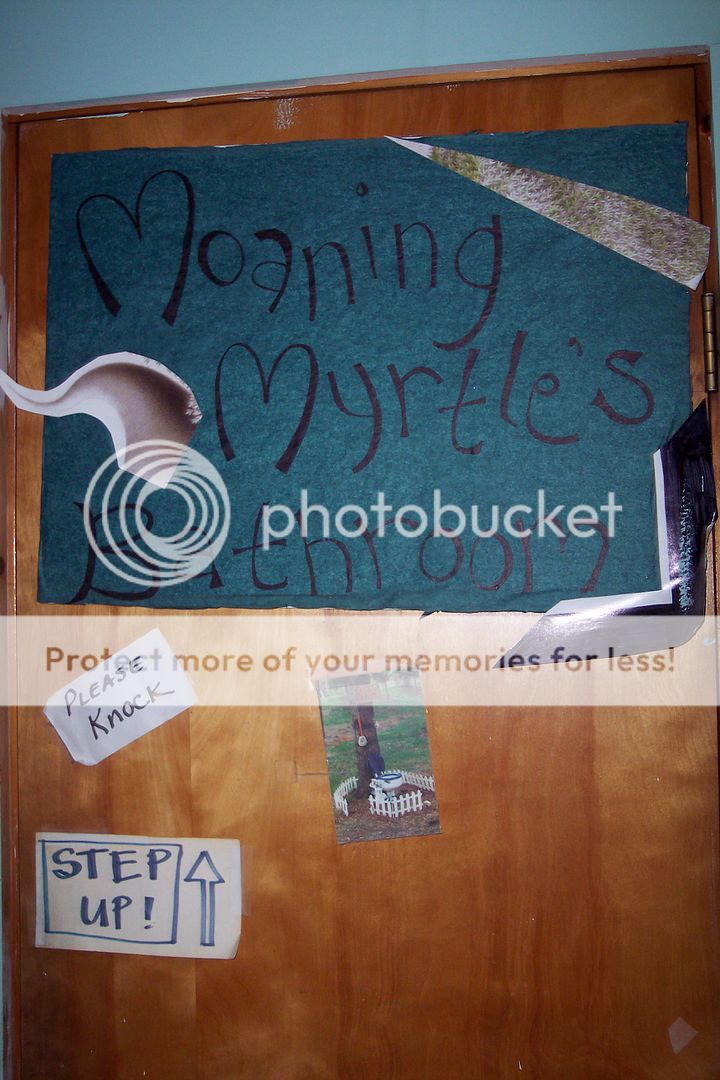

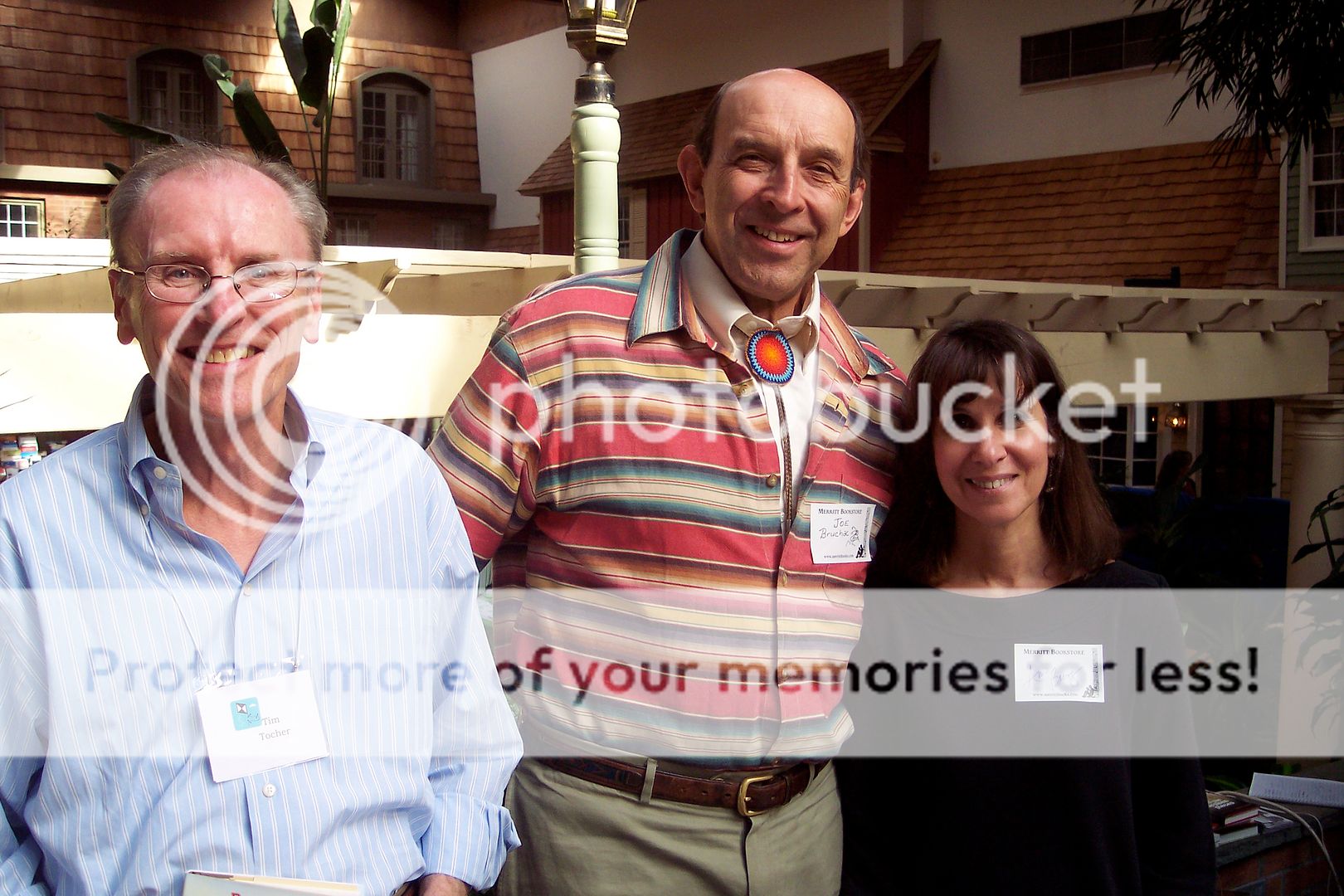
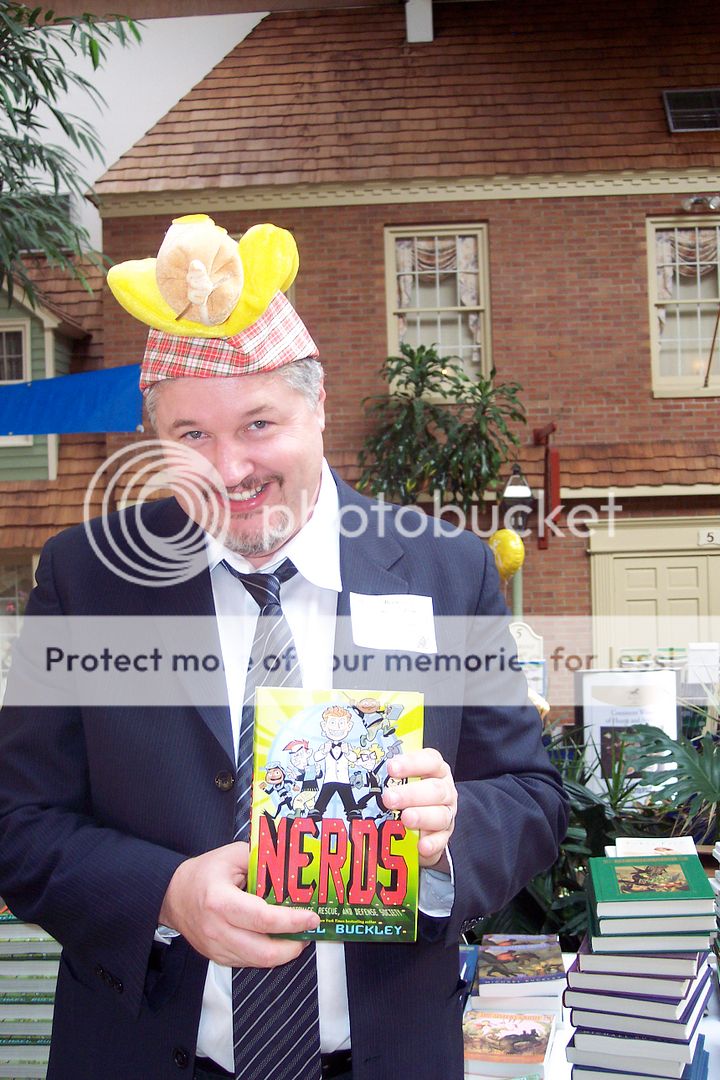
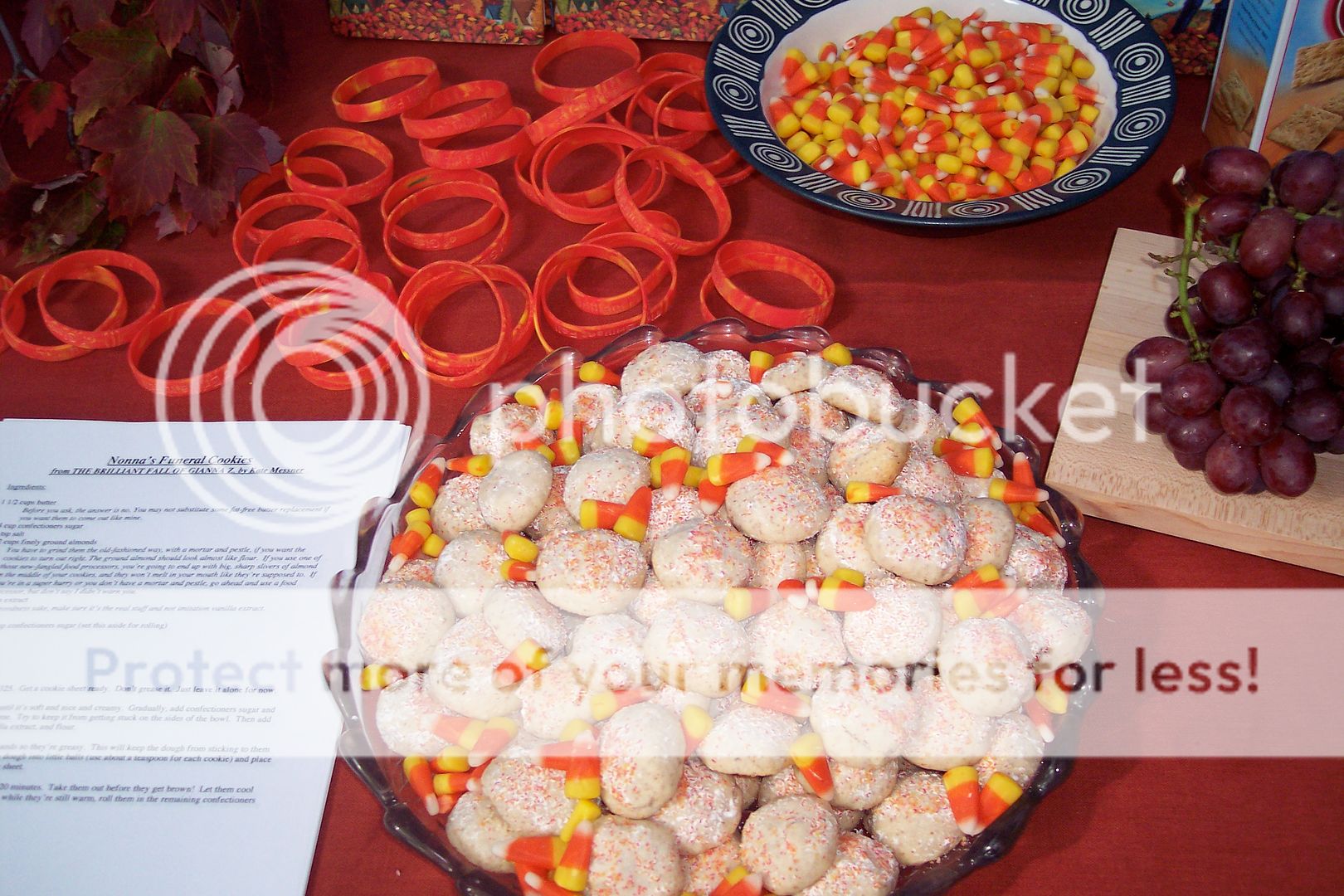








 Today…Megan Crewe, author of GIVE UP THE GHOST!
Today…Megan Crewe, author of GIVE UP THE GHOST!
